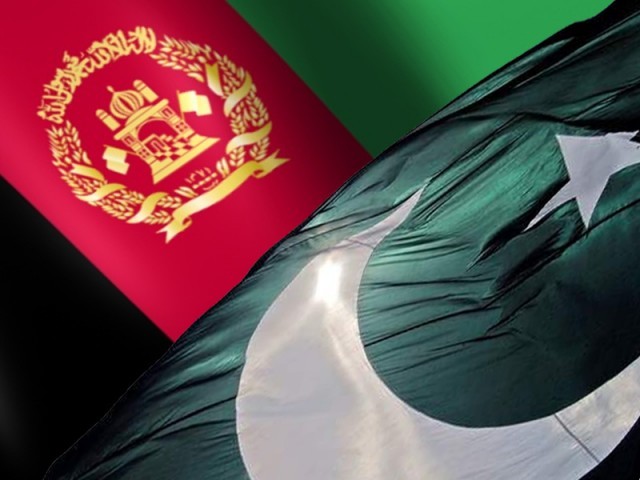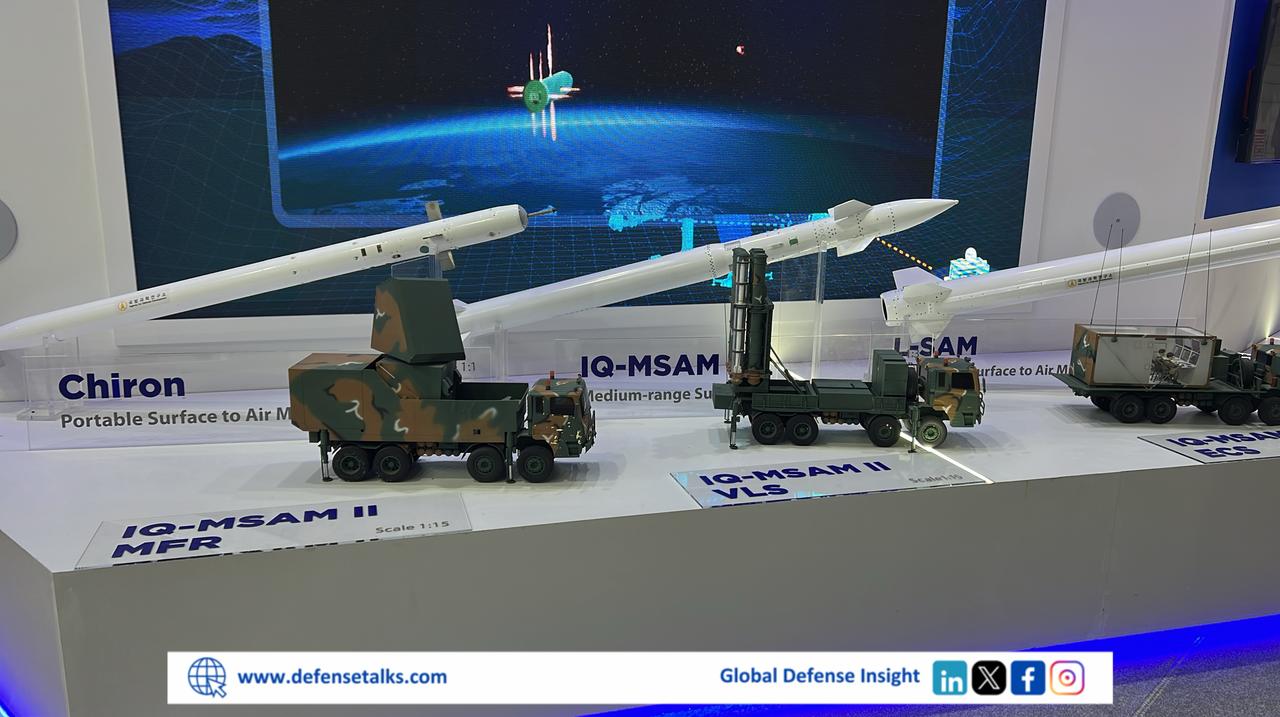On 28 November 2022, the Dawn news reported that the Tehreek-e-Taliban Pakistan (TTP) had ended its ceasefire with Pakistan and announced to commence off a wave of ambushes nationwide. However, when there was a ceasefire between the government of Pakistan and the TTP, the attacks recorded in the month of October were; 65, in which 98 people lost their lives in the province of Khyber Pakhtunkhwa (KPK). This statement about ending the ceasefire and the number of attacks during the ceasefire illustrates the TTP’s confidence level. But where does this confidence come from?
The answer is: from the Taliban-led Afghanistan. Strategically, Afghanistan under the Taliban serves as the “strategic depth” for the TTP fighters. Whenever Pakistan kicks off an operation against TTP fighters, they hightail to Afghanistan, where the Taliban provide safe havens. This relationship between the Taliban and the TTP hinges on their nature of commitments.
Notably, the nature of the commitments between the Taliban and TTP qualifies all commitments. These commitments are; pragmatic, interpersonal, and ideological.
Firstly, the pragmatic commitment between TTP and the Taliban is driven by the aim of using the former as a strategic card against Pakistan. Moreover, by putting TTP in its pockets, the Taliban are trying to halt the recruitment of defective TTP fighters in the Islamic State of Khurasan Province (ISKP). Historically, the defective members of TTP joined ISKP when the latter was in its embryonic stages. Even the first Emir of ISKP, Hafiz Khan Saeed, was the TTP chief of the Orakzai agency. Along with Hafiz Khan Saeed, Hafiz Quran Daulat, the TTP chief of the Kurram Agency; Gul Zaman, the TTP chief of the Khyber Agency; Mufti Hassan, the TTP chief of Peshawar, and Khalid Mansoor, the TTP chief of the Hangu district joined the ISKP. This means a unified TTP serves the Taliban, thence the rejoining episode of the defective groups of TTP seems the Taliban engineered and crafted.
The Taliban are mothering the TTP since the latter helped the former when the Taliban were fighting against the USA; here comes the interpersonal commitment. Additionally, the Taliban’s love for TTP is linked to the relationship between the lower-rank Taliban and TTP terrorists. This interpersonal commitment closely knits the Taliban and TTP.
The third kind of commitment, i.e., ideological, is their belonging to the Hanafi School of Thought, unlike the ISKP, which subscribes to the Salafist ideology. The divergence in ideology is vivid regarding TTP’s recent move to support sub-nationalism in Pakistan. The first chapter of Noor Wali Mehsud’s book, “Inqilab-e-Mehsud,” mentioned their support for the Pashtoon Tehfooz Movement (PTM). The Taliban do not extend their support to this sub-nationalist movement of Pashtuns.
Based on all these commitments, the Taliban cannot afford to abandon the TTP; therefore, they are providing the Afghan soil as a haven for the TTP to nurse and nurture. Nonetheless, this support further slims the chances of their de-jure recognition from the international community, as the Taliban have agreed during the Doha Accords not to harbor any terrorist organization on Afghan soil. Further, the US-frozen Afghan assets ($7 billion) would get further delay until the Taliban makes sure that they are not providing safe havens for international terrorist organizations.
Additionally, the Taliban’s support for the TTP could create a gulf of trust between China and IEA because the TTP has flexed its muscles enough to target China’s representatives and its multi-billion project (CPEC). For instance, the TTP attacked the Serena hotel in Quetta to target the Chinese ambassador on 22 April 2021.
If the Taliban continues their support based on the commitments mentioned above, they would have to stand next to the Islamic State of Uzbekistan (IMU), with whom they have shared a long-standing relationship since 1998. The said organization is notorious for its anti-China campaigns. Even nowadays, IMU is ISKP’s main pool of recruitment. The Taliban’s support for the TTP is no less than a vicious circle where the Taliban would be on the losing end in the longer run.
It is important for Pakistan to clear its thresholds with Afghanistan; otherwise, the IEA will benefit from the gray lines between Pakistan and Afghanistan. If our policymakers are serious about shifting its geo-politics to geo-economics, dealing with the TTP through kinetic or non-kinetic means is a prerequisite.
Author:
Deedar Karim is working as a Research Associate at the Pak-Afghan Youth Forum (PAYF).














